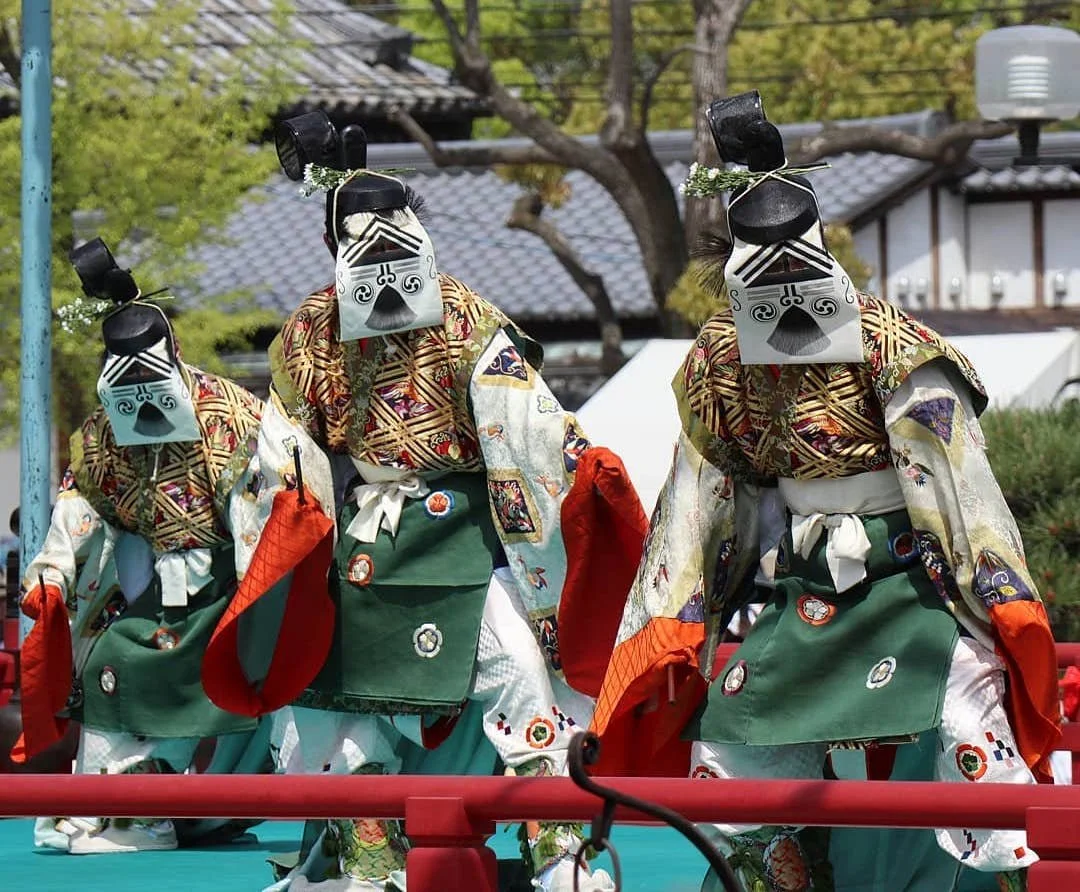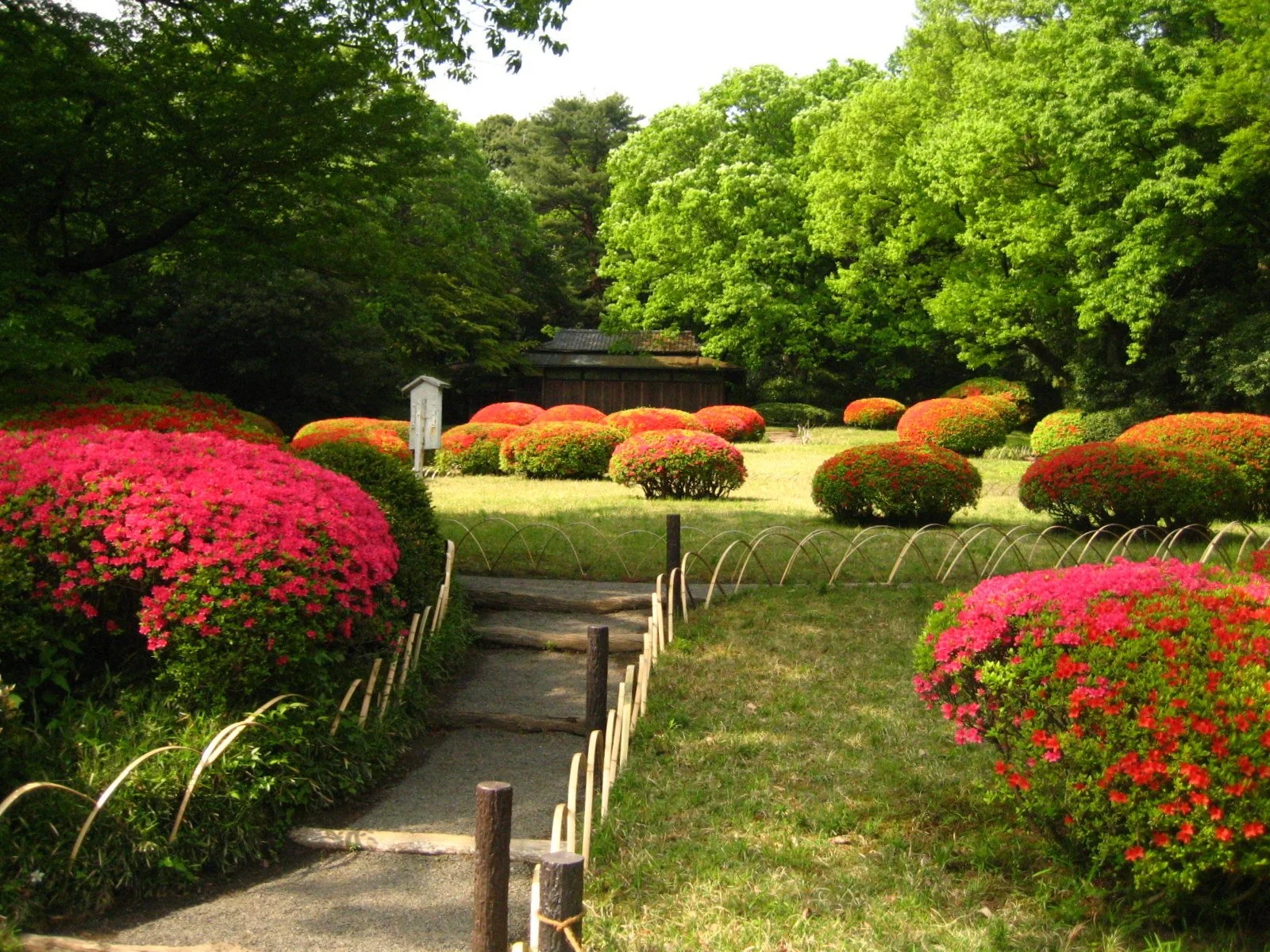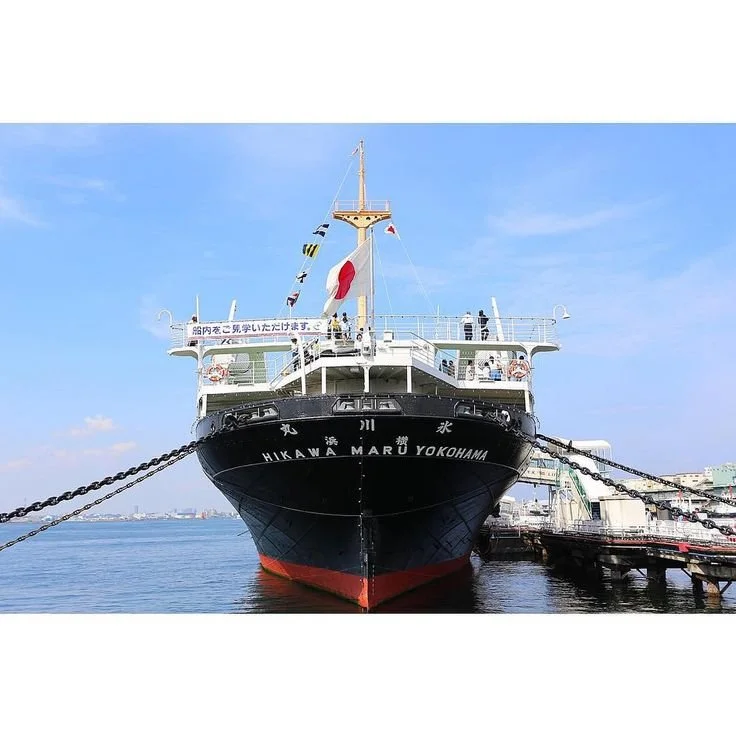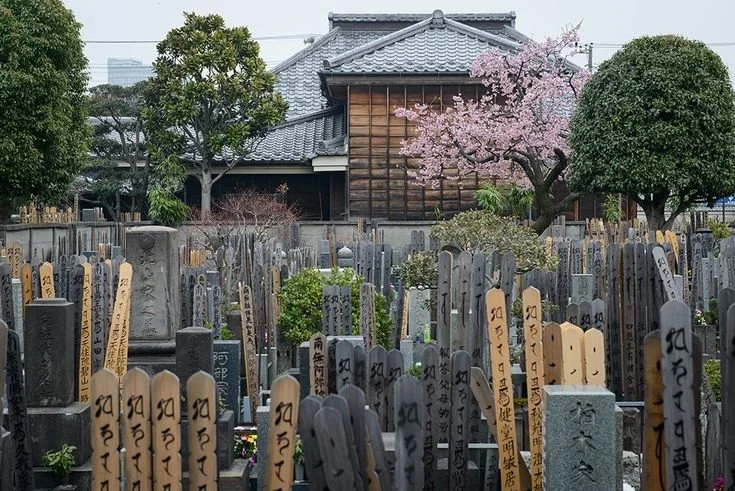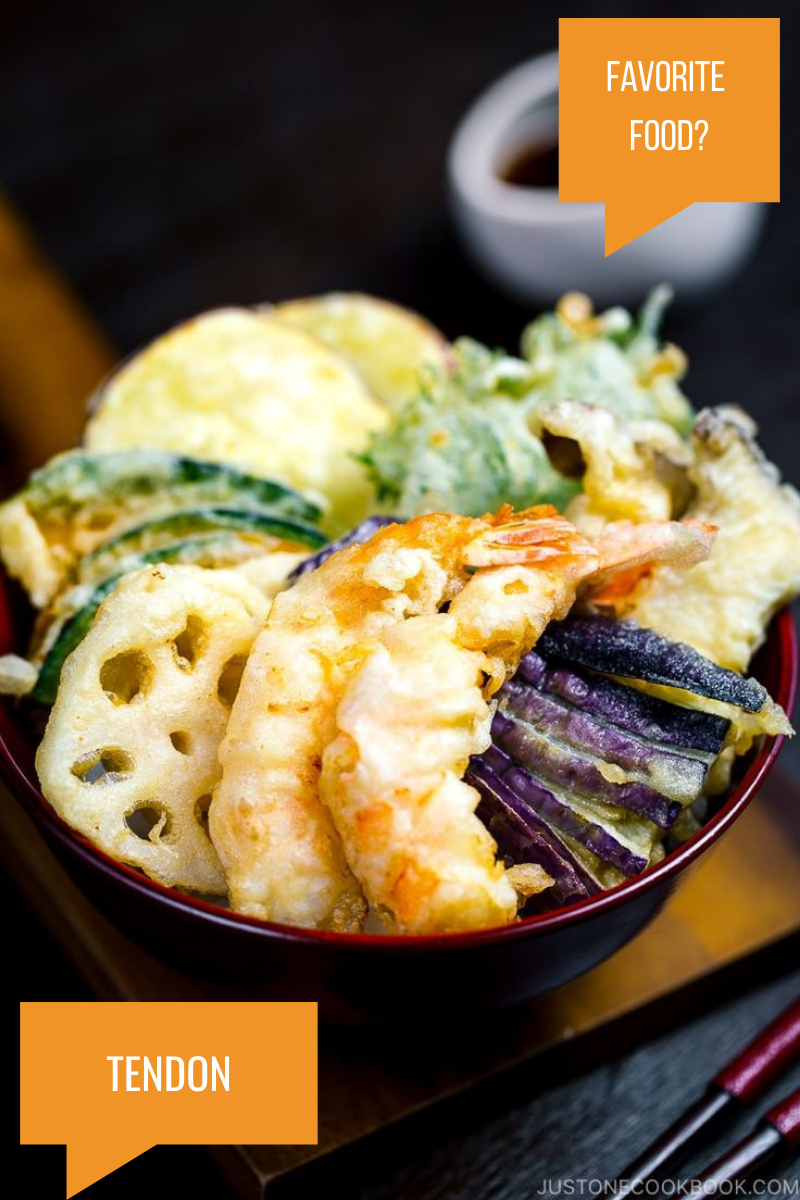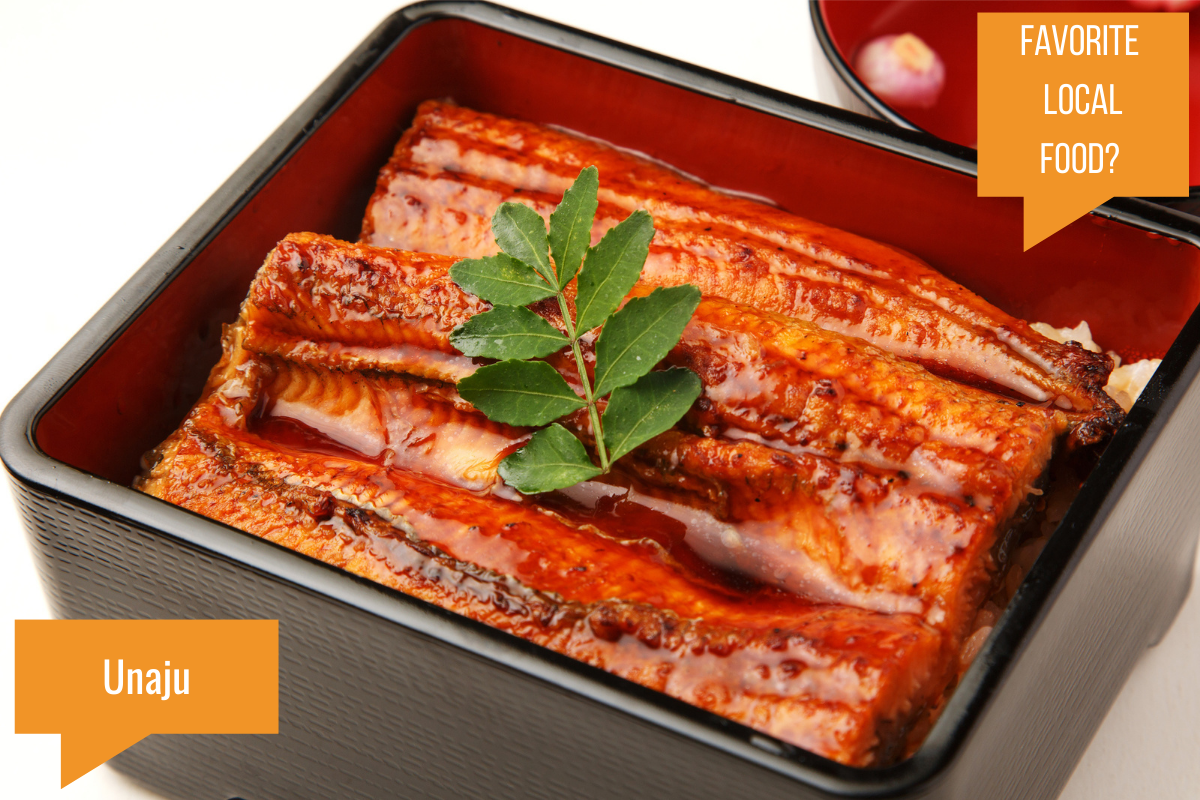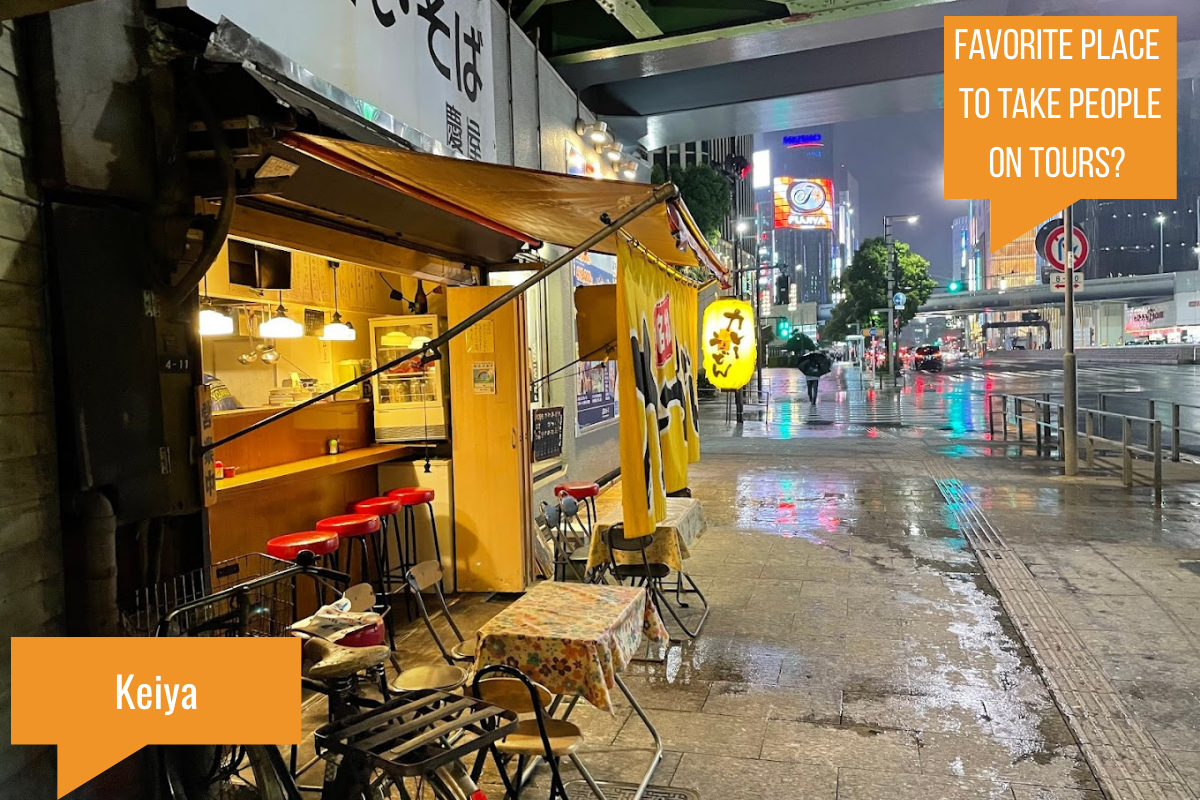Credits: Mainichi.jp (oldest photo of Yokohama’s Chinatown)
Yokohama Chinatown (横浜中華街, Yokohama Chūkagai) stands today as one of the largest and most vibrant Chinatowns in the world, rich with culture, flavor, and history. But its roots stretch back more than 160 years to a time when Japan was just opening up to the world. Easily accessible from the capital, Yokohama Chinatown is a popular stop on many day tours of Tokyo, offering a deep dive into the cultural diversity that thrives just beyond the city.
After more than two centuries of isolation, Japan reopened its ports to international trade in 1859, and Yokohama quickly became a hub for foreign commerce. Chinese immigrants, many of whom came as traders, cooks, and interpreters, began settling in the area around the port. They formed a community that maintained strong cultural ties to their homeland while integrating into Japanese society.
The early years of Yokohama Chinatown were modest, with a few small shops and restaurants. However, over time, it grew into a bustling neighborhood featuring Chinese temples, schools, and a thriving culinary scene. The community overcame challenges such as the 1923 Great Kanto Earthquake and World War II bombings, rebuilding stronger each time.
Today, Yokohama Chinatown is home to over 500 shops and restaurants, drawing millions of visitors annually. Iconic landmarks like the colorful Goodwill Gate and Kanteibyo Temple—dedicated to the Chinese deity of business and prosperity—are testaments to its enduring heritage.
Yokohama Chinatown is not just a tourist destination—it's a living piece of cultural history, reflecting over a century of cross-cultural exchange and resilience. It’s a highlight on many Japan tours, offering travelers a unique glimpse into the rich multicultural layers that make up modern Japan.
Credits: Time Out
Discover more of Yokohama Chinatown on our Private Yokohama Tour!
Connect with us!


















